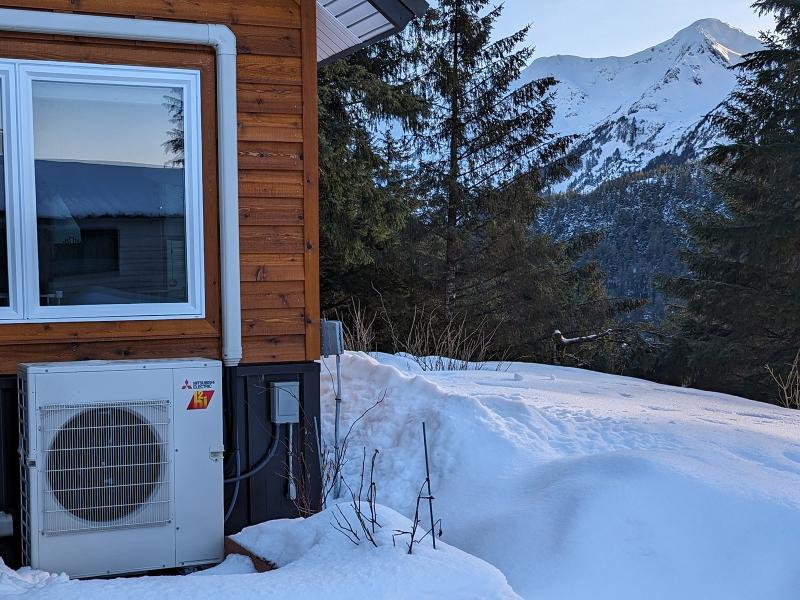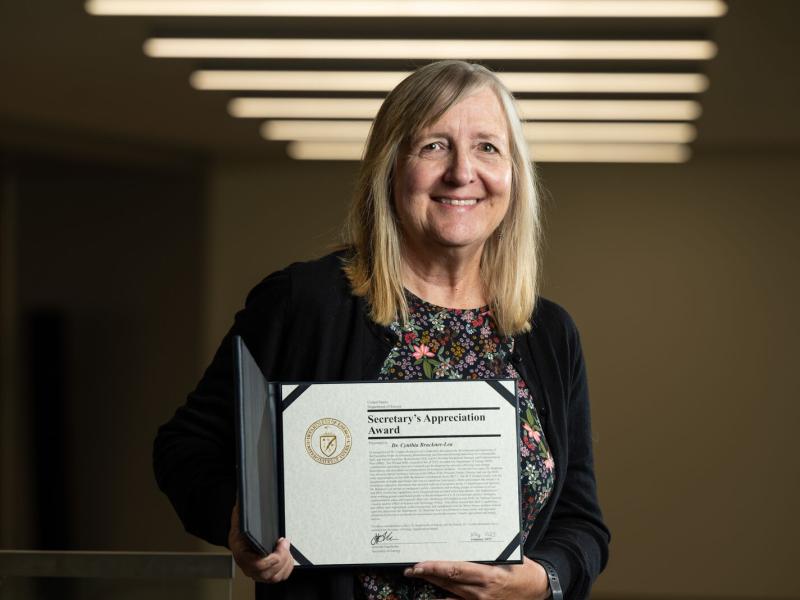
High-Impact
Technology
Integration
High-Impact
Technology
Integration
Systems integration and
optimization for energy efficiency
Systems integration and
optimization for energy efficiency
Pacific Northwest National Laboratory's High-Impact Technology Integration research and development activities are harnessing energy savings in buildings nationwide.
Image by Florian Kunde | Shutterstock
With more than 85 billion square feet of floor space nationwide, commercial buildings represent a valuable opportunity to harness energy savings.
One key method to achieve savings is through systems optimization and integration—either across building systems or through additional opportunities to deliver new business value via the Internet of Things (IoT). The integration can, as an example, involve the combination of a high-efficiency lighting system with a heating, ventilation, and air conditioning (HVAC) system to improve overall building energy performance. It can also include integrating lighting control systems with new IoT capabilities such as asset tracking, people tracking, or advanced security systems.
Pacific Northwest National Laboratory (PNNL) supports the mission of the U.S. Department of Energy’s (DOE’s) Commercial Building Integration (CBI) program, which is focused on achieving ultra-low-energy buildings through improvements in whole-building performance. PNNL assists CBI efforts on multiple fronts. These include technical and market analysis to help identify cost-effective, innovative technologies with high energy savings and market potential. In addition, PNNL’s support of laboratory and field testing provides critical data that helps prioritize additional research and development (R&D) to further reduce barriers for widespread technology adoption.
PNNL also collaborates with DOE’s Better Buildings initiative and industry on efforts including technical peer forums, product procurement, and application guidance, as well as competitions such as technology challenges and campaigns.
PNNL’s specific contributions to systems integration and optimization are described below.
Technical integration prioritization and R&D planning
PNNL researchers support the analysis and prioritization of systems integration and optimization technologies. Technical analysis involves the use of model- and data-based analytical tools. These tools prioritize energy efficiency packages, integration trade-offs, and metrics that measure whole-building energy performance improvement opportunities.
Laboratory and field validation support
PNNL provides objective evaluation and validation of components and systems (products and packages) identified as top priorities by DOE. These evaluations typically involve measuring the energy use of baseline conditions (pre-retrofit), post-retrofit energy savings, and other important factors that include ease of installation, commissioning, and user satisfaction. For example, PNNL evaluated five different advanced LED lighting control systems in five separate buildings. PNNL also completed field validations for the real-world performance of rooftop unit (RTU) heating and cooling devices that met the high-performance requirements of the DOE-sponsored RTU Challenge. The Daikin Rebel and Carrier WeatherExpert were evaluated.
Industry engagement and market transformation leadership
PNNL leads the Lighting & Electrical Technology Research Team of the Better Building Alliance for DOE. In this role, PNNL analyzes the latest research and development with the goal of providing market-ready solutions to partner organizations. The partners and PNNL work together to reduce lighting energy use by sharing insights and experiences related to emerging lighting and control systems and documenting the application of solutions. By developing resources like lighting specifications and application guidance, the team helps build confidence and demand for higher-efficiency technology. As part of this effort, PNNL also hosts webinars and events that bring together building owners and other stakeholders.
In addition, PNNL supports DOE’s technology competitions, including campaigns, prizes, technology procurements, and challenges. Competitions lend an enterprising spirit to technology advancement, fostering synergies between developers, government, industry, and others to rapidly move high-performing products to the marketplace.
PNNL led the development and implementation of the Interior Lighting Campaign—which operated from 2015 to 2019—and encouraged the market adoption of high-efficiency lighting and control systems in commercial buildings, first with troffer lighting and later with additional lighting applications. The campaign combined information-sharing (best practices, lessons learned, expert guidance, etc.) and technical assistance with qualitative and quantitative data collection. The campaign also recognized exemplary performance by participants.
In 2020, PNNL launched two new DOE competitions at DOE’s Better Buildings Summit, the IoT-Upgradable Lighting Challenge, and the Integrated Lighting Campaign.
Other past PNNL-led competitions include the Lighting Energy-Efficiency in Parking Campaign, the Wireless Metering Challenge, and the Rooftop Unit Challenge.

